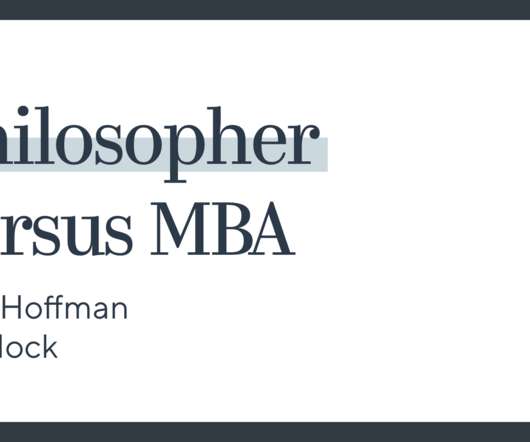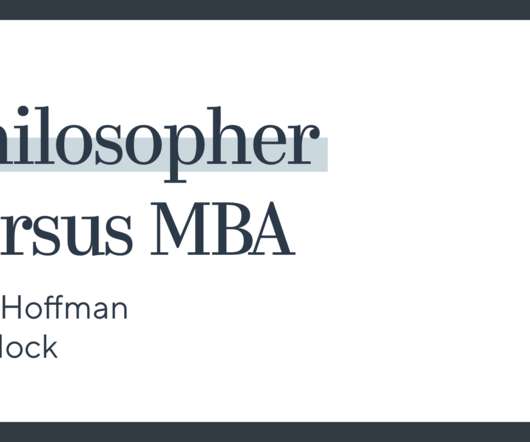Social Networking (the Shorter Version) Past, Present, Future
Both Sides of the Table
DECEMBER 5, 2010
While you dialed AOL to get on the Internet, the goal of AOL was to keep you locked into their proprietary content and thus earned the classification of “walled garden.&# They had a proprietary browser, their own search engine, their own content, chat rooms, email system, etc.




























Let's personalize your content